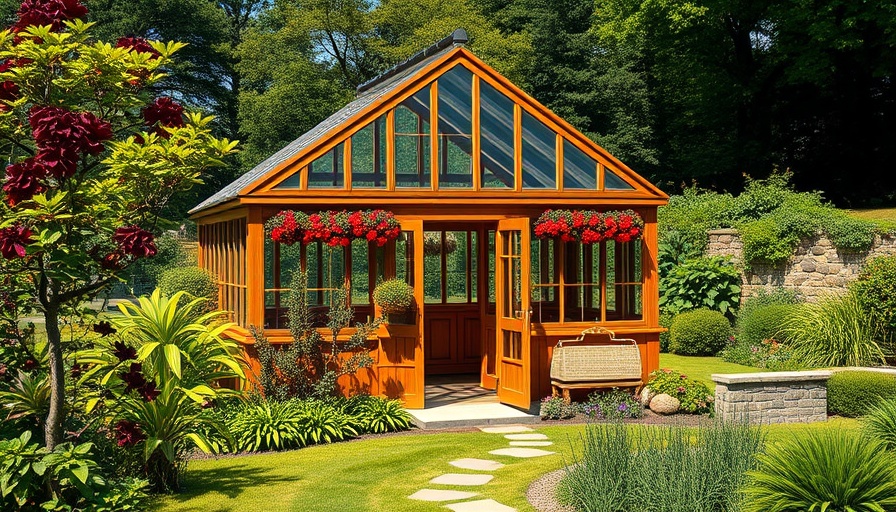
Bringing Garden Inspiration Home
Garden design isn't just for sprawling estates or monumental budgets; it's an art form that can flourish in even the smallest of spaces. “Wonderlands: British Garden Designers at Home” highlights the gardens of leading landscape architects, offering a treasure trove of inspiration for every homeowner, regardless of their garden's size or budget. In exploring their personal gardens, we uncover valuable lessons that transcend typical landscaping advice.
Create Your Own Miniature Meadow
Libby Russell, a garden designer based in Somerset, showcases how a small patch of flowers can transform a space. Her rectangular bed, measuring just four by two meters, bursts with life—from snowdrops and fritillaries in early spring to alliums and summer wildflowers peeping through season after season. “This is no-gardening gardening,” Libby proclaims, offering a refreshing perspective that speaks to those of us who feel we lack the time or skill to maintain a traditional garden.
Designing for Emotional Encounters
Emily Erlam’s urban garden presents another approach. Faced with limited space in central London, she cleverly elevated her garden by creating four terraces, each with distinct planting schemes and atmospheres. This intelligent design not only maximizes her plot but also creates immersive experiences that evoke an emotional response. Whether you're stepping into a vibrant springtime floral setting or a subdued winter scene, the mood crafted by plants ignites sensations and feelings.
Time and Experimentation Go Hand in Hand
One common thread among these designers is time—time spent pondering, planning, and experimenting. Unlike client projects that often adhere to strict deadlines and budgets, personal gardens grow at the owner's pace, allowing for trial and error. Each gardener's journey reveals multiple layers of innovation, authentic choices that demonstrate a deep connection between their home and their profession.
From Big to Small: Takeaways for Every Gardener
No matter the scale or style of your garden, the principles highlighted in “Wonderlands” offer practical insights. Whether you're working with a balcony, a front yard, or a sprawling estate, each garden tells a story. Consider mixing plants that bloom at different times for a continual cycle of color and interest. Think about how to utilize every inch of your space creatively—whether through vertical gardening or forming intimate nooks that invite relaxation. Every gardener can glean valuable lessons from these professionals, translating their innovative ideas into actionable insights.
A Journey of Creativity and Connection
Engaging with personal gardens invites us to reflect on our own gardening goals and the emotional connections we build through our green spaces. Whether creating a serene space for meditation or a lively area for family gatherings, the lessons from “Wonderlands” inspire creativity and community. This book is not just a guide; it's an invitation for homeowners to embrace their own gardening narrative.
In conclusion, gardens—regardless of size and budget—serve as mirrors of ourselves. We can cultivate our living environments in ways that resonate with our values and aesthetics. As illustrated by the brilliant designers in “Wonderlands,” even home gardens can be a canvas for creativity and individuality.
Ready to dig deeper into your own gardening project? Explore local resources, engage with experts, and transform your outdoor space into something that reflects your unique style.
 Add Row
Add Row  Add
Add 




Write A Comment